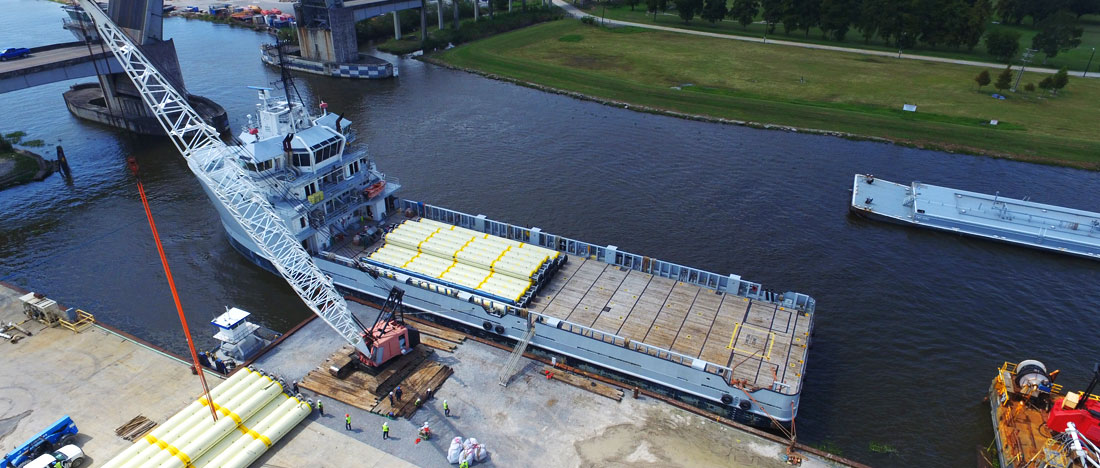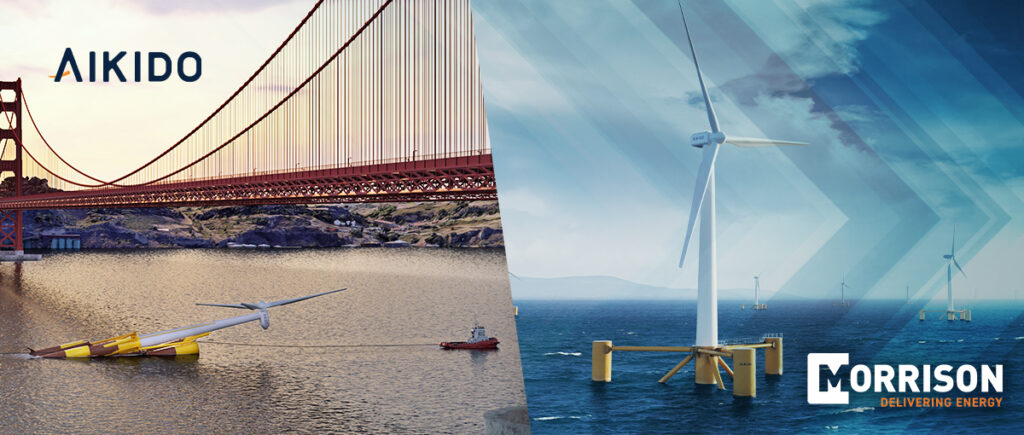 December 14, 2016
December 14, 2016
Deepwater Supply Vessels: Now arriving at Morrison’s Facility
When the going gets tough … the tough get creative.
The prolonged downturn in oil and gas markets has forced the industry to streamline, become more efficient and cut costs wherever possible. Operators and contractors alike are challenged with reducing expenses while maintaining the same high level of quality and safety. The upside of this kind of economic pressure is that it can drive innovation and creative problem-solving.
Sometimes what’s needed is a re-evaluation. Has the situation changed? Do we have new information or a different perspective? Is it worth trying something new? When budgets are tight, companies have more incentive to consider any change that might save money, time or improve overall safety.
Despite its 15-foot water depth, owners of deepwater supply vessels have historically been unwilling to send them further inland via the Houma Navigational Canal. On paper, a 250-foot supply vessel needing 10-12 feet of water depth can safely navigate to yards in Houma, for example. And yet, for decades the practice has been for the vessels to offload at Port Fourchon’s deepwater port, then transport materials further inland via barge or truck to their final destination.
This process went unchallenged until fairly recently, when economic conditions caused a reassessment of old assumptions. Recently, Morrison’s John DeBlieux, Vice President of Deepwater Riser Services, noticed that a deepwater vessel had traveled up the Intracoastal to a yard not that far from the Morrison’s Riser Yard in Houma. He realized that if a company was willing to navigate that far, they could easily go a little further and reach his yard on the Houma Navigation Canal. That’s when he starting making calls.
DeBlieux reached out to the various supply boat companies that transport drilling and production risers. He told them that instead of the usual offloading and barging at Port Fourchon, they could come straight to the waterfront riser facility in Houma. Equipped with a crane and plenty of room for offloading, risers could go directly from the platform or rig to the facility, eliminating an entire step from the process.
Seeing the opportunity to save time and money, the vessel owners agreed. So far, ten deepwater supply boats have made the trip inland. Vessels coming from the Gulf can reach the riser yard in 4-6 hours once they enter the Houma Navigational Canal – only a few hours longer than continuing on to Port Fourchon. This inland route saves money on both handling and transportation of risers, the most valuable component of the drilling rig.
Sometimes it’s not a new technology or invention that sparks an important change. Often, the solution lies in reconsidering old assumptions and being willing to try a new approach. At Morrison Contractors, we’re always looking for better, safer and more cost-effective solutions – even in our own backyard.
A division of Morrison, Deepwater Riser Services provides production and drilling riser services for deepwater clients. Our services span the lifecycle of the riser, including inspection, transportation, maintenance and storage services. Contact John DeBlieux for more information at jdeblieux@morrisonenergy.com





